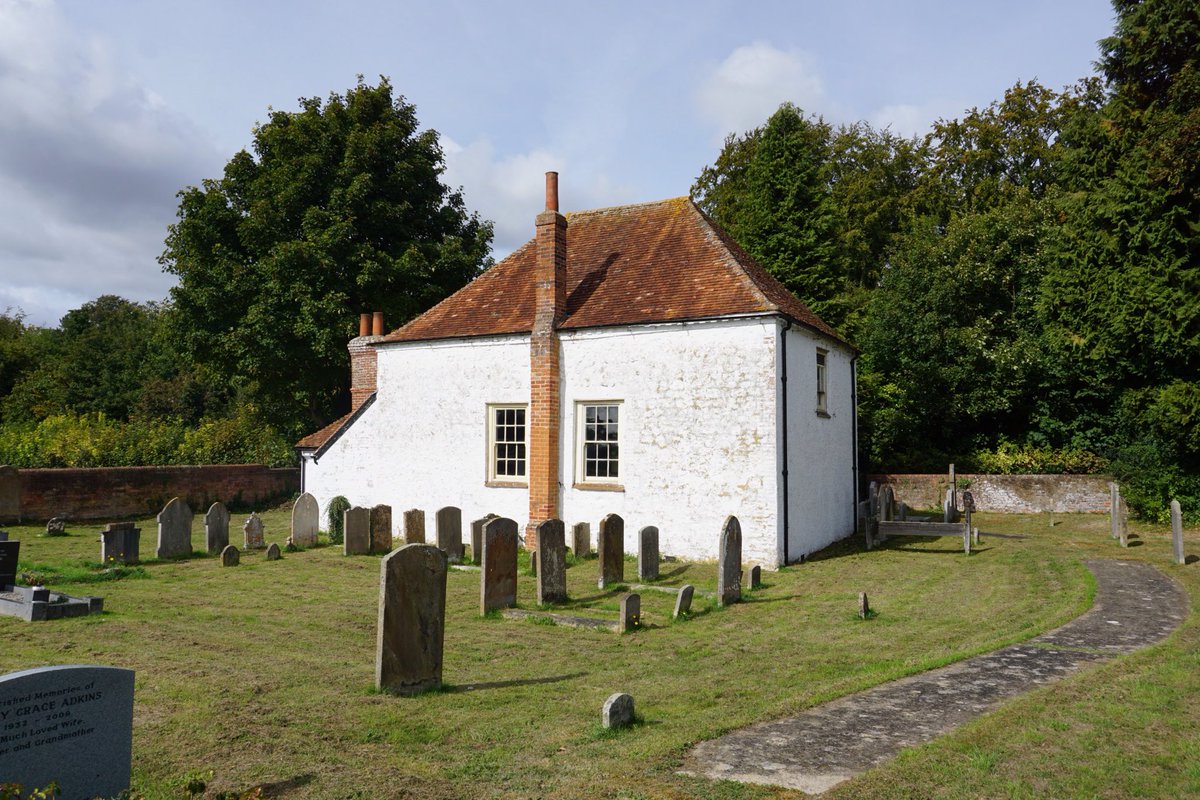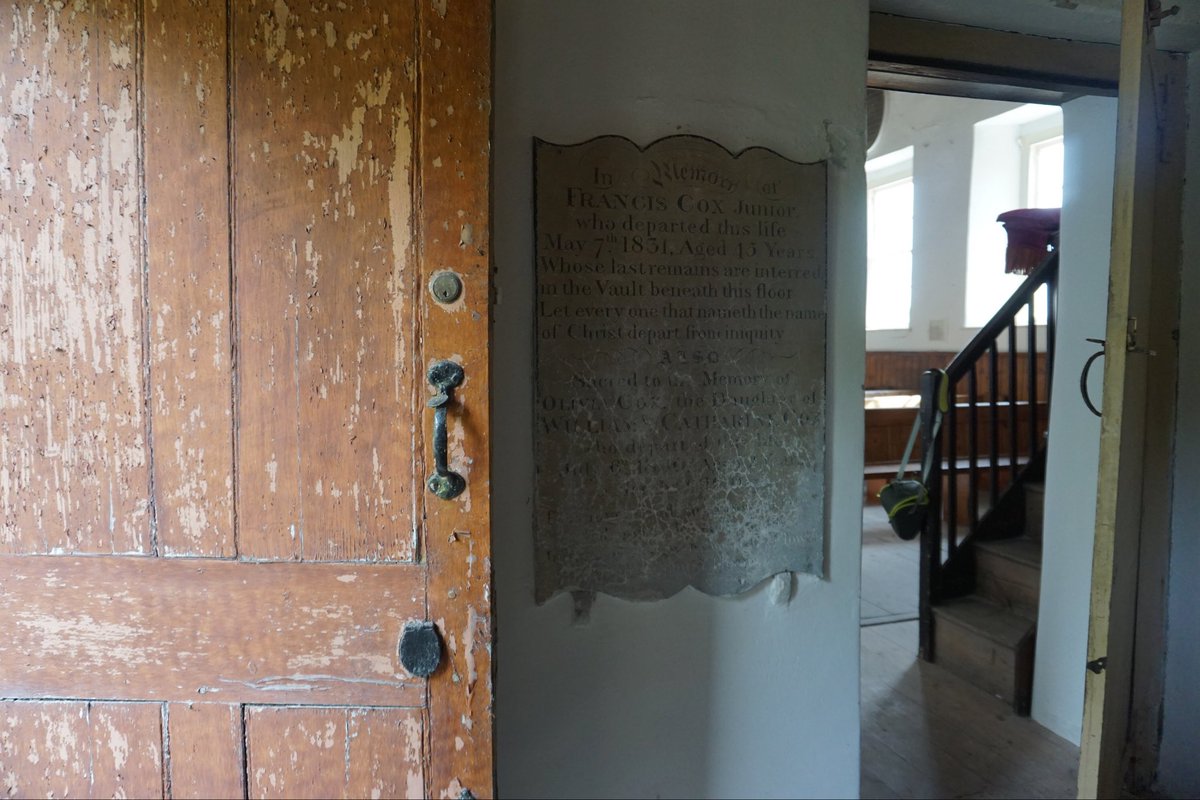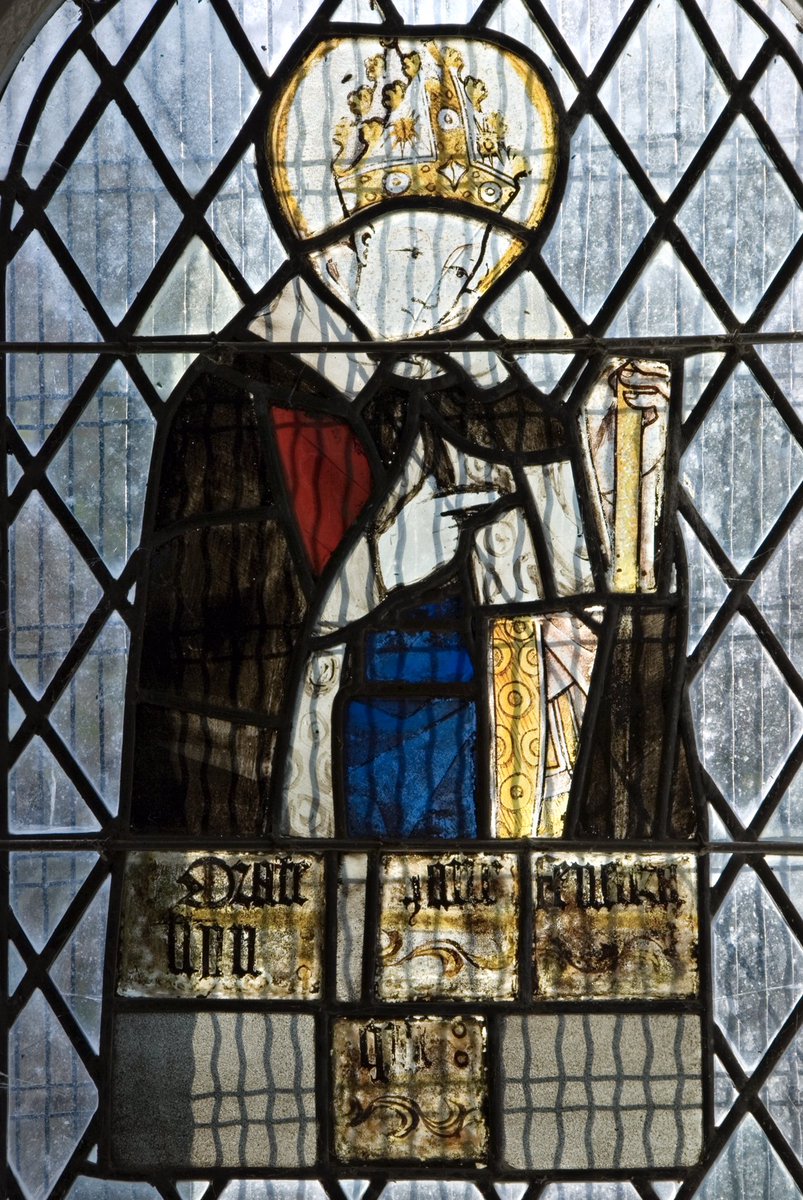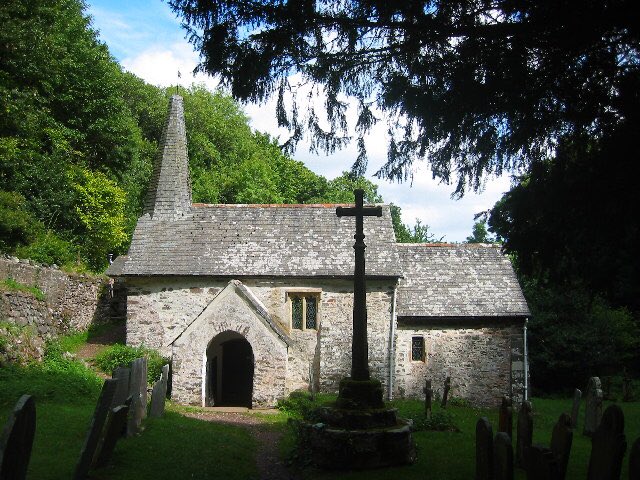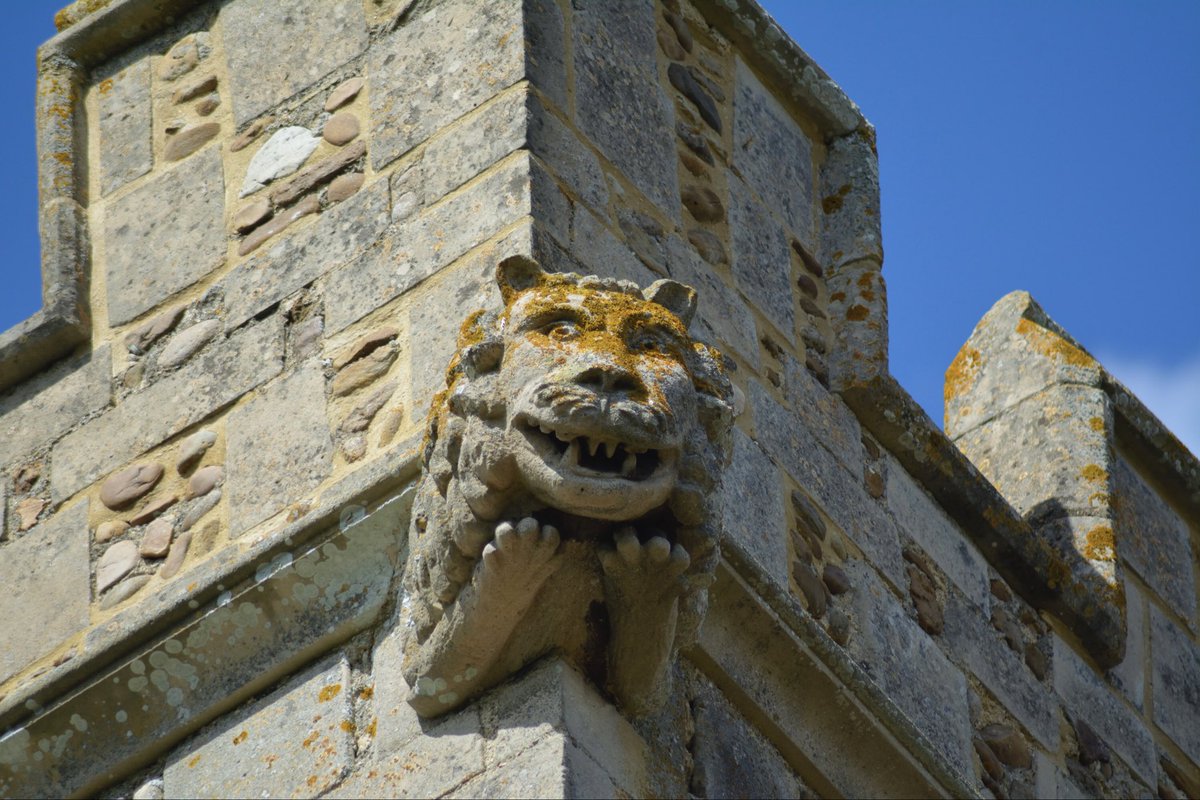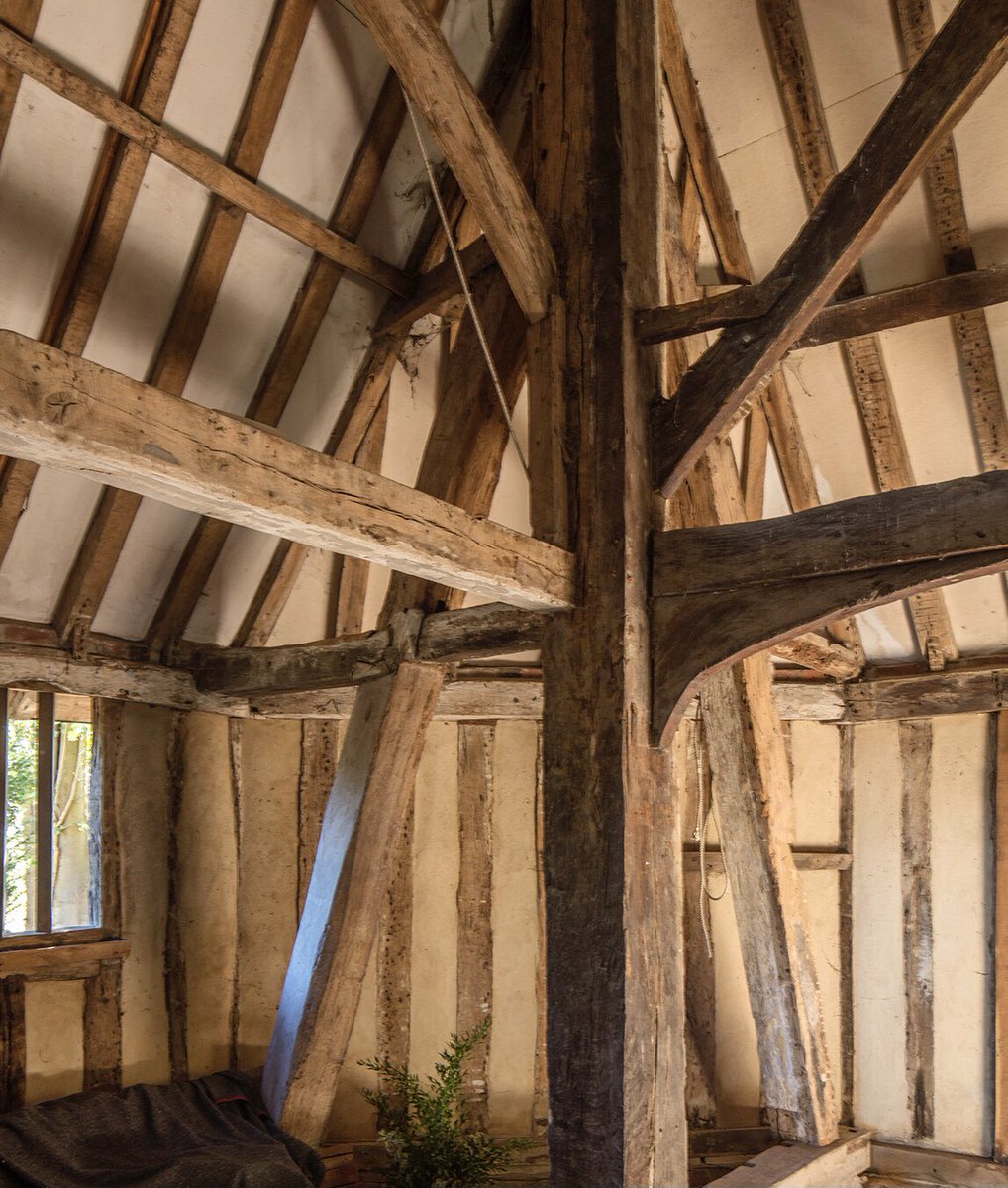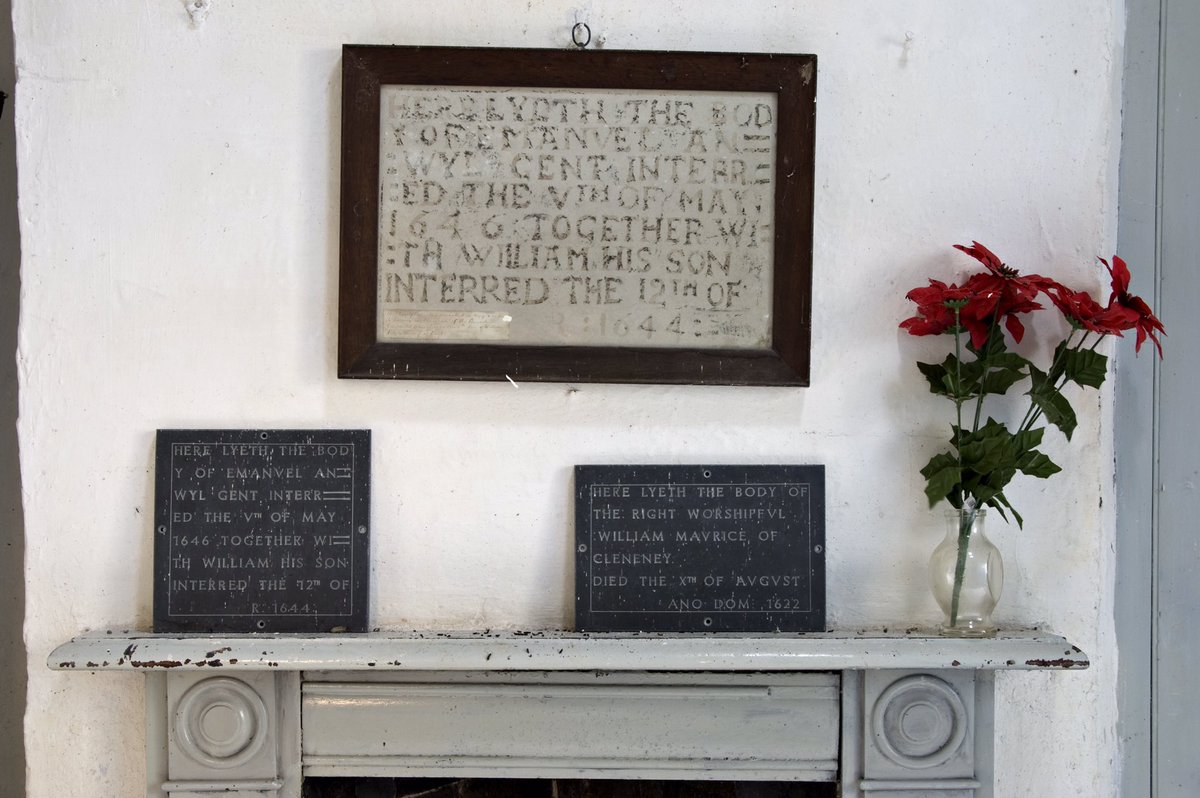
Thomas Evans died in 1629. His small brass plaque tells us how he made sense of the world. It shows the firmament, the vault of the heavens which encloses the sun, moon and stars. Beyond the dome is water. Holes in the firmament let in water, and that is how it rained...
#thread
#thread

The memorial is found in St Cadoc’s, Llangattock Vibon Avel in Monmouthshire. What’s especially interesting is the date – 1629. At this time, humans were making discoveries, understanding their place in the universe.
2/
2/

In Evans's lifetime, Copernicus proposed a heliocentric system: Earth spins on an axis and rotates around the sun. This wouldn't be widely accepted until after 1609 when Galileo created his telescope and confirmed Copernicus's thesis… Turning Thomas Evans's world upside down.
3/
3/

Bonus tweet: if you zoom in, you’ll see there are tiny churches engraved in the corners of the frame. The screw comes so close to destroying it... talk about nerve-wracking.
As ever, all the good photos are by the wondrous @fotofacade and the rubbish ones are my own handiwork.
As ever, all the good photos are by the wondrous @fotofacade and the rubbish ones are my own handiwork.

• • •
Missing some Tweet in this thread? You can try to
force a refresh

